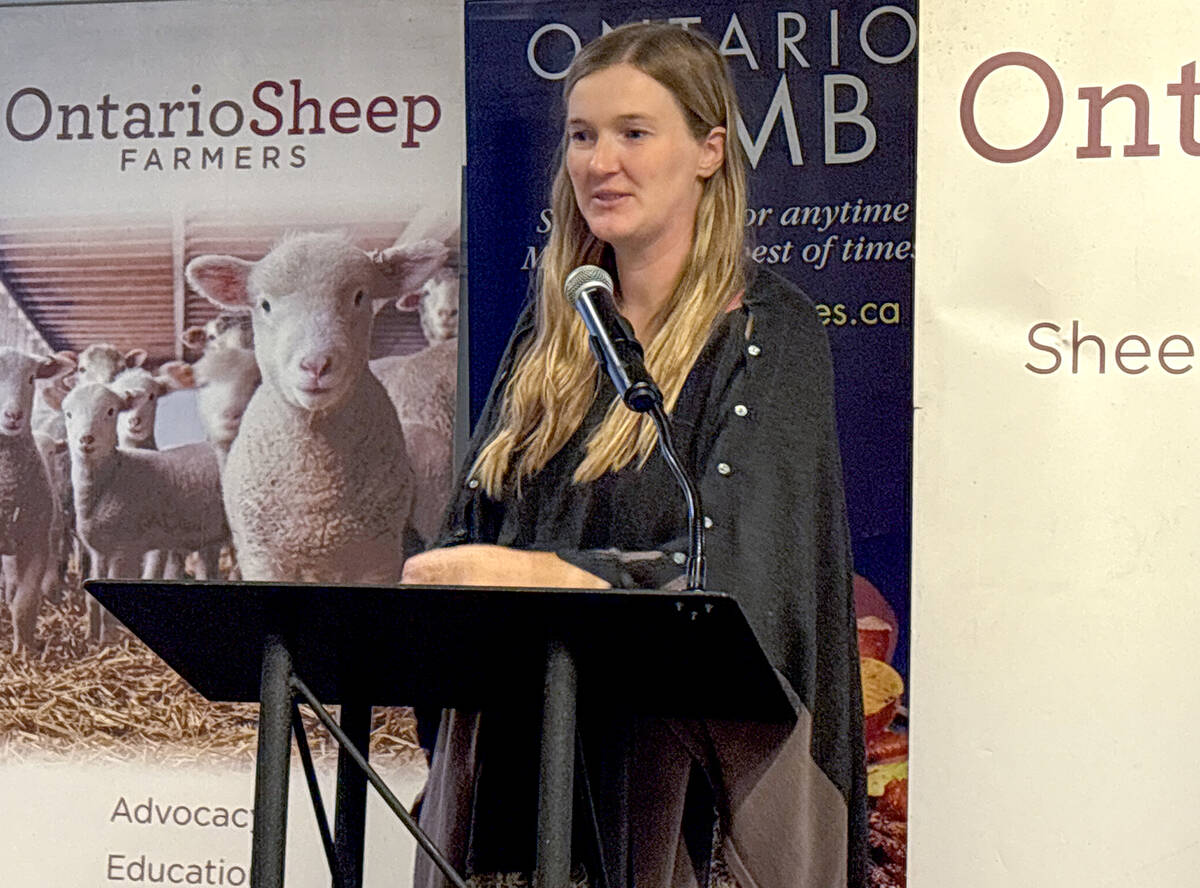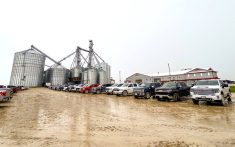Farmers should be able to get their crops planted this spring, although there are some challenges in the fruit and vegetables sector. We’re due for a decent growing year and hopefully this is one.
The year will be a much bigger challenge from a management perspective. In farming there are many factors to be managed, but only a few usually give you headaches each year. It might be labour, or machinery decisions, or weather, or markets. They rarely all converge in one year.
Read Also

Footflats Farm recognized with Ontario Sheep Farmers’ DLF Pasture Award
Gayla Bonham-Carter and Scott Bade, of Footflats Farm, win the Ontario Sheep Farmers’ 2025 DLF Ontario Pasture Award for their pasture management and strategies to maximize production per acre.
This year will be different. COVID-19 has created unprecedented instability for most of us, including farmers.
While COVID-19 remains a threat to human health, farmers are forced to manage day-to-day operations differently, keeping suppliers and employees if necessary at a distance. This could mean less efficient and reliable supply, although a huge and long-overdue effort is going into digitizing financial and information relationships in Ontario agriculture that will create efficiencies now and in the future.
Farmers need a plan if they or a family member or key employees fall ill to the virus. It’s not just the fact you may be ill for a couple of weeks (or worse in a certain percentage of cases that aligns with the average age of farmers), but having the disease can mean a need for more sanitizing and cleaning and distancing from family and workers.
Jim Campbell, general manager of AGRIS Co-operative, recently told me that he most worries about the end of the growing season, when farmers have crops to sell. That’s when the COVID-19 effect could have the largest effect on Ontario farmers.
Soybeans are trading sadly close to $8 per bushel on CBOT, with corn at too close to $3 per bushel. That’s far below profitability and far away from happy times for farmers.
Crop markets behave in generally predictable trend lines, but will those trends make sense this year? The time to have a marketing plan is when prices are low and unpredictable. You can’t afford to miss rallies in price as long as COVID-19 roils the markets.
Understanding finances will also be key to getting through 2020. Cost of production understanding comes first.
I’m also a big fan of understanding important farm finance ratios (likely from too many episodes of talking to and reading work by Larry Martin of Agri-food Management Excellence).
This might be the year to employ your accountant to make sure you can monitor gross margin, contribution margin and operating efficiency ratios. They are benchmarks that tell important stories about farm financial health.
There will be opportunities in this crisis both for larger production farmers and those who can hit target markets selling direct to a suddenly very interested and motivated consumer. Those who have the ability to seize those opportunities will be the ones to come out of the COVID craziness in better shape than they went into it.
Canada also needs a healthy farm sector to help lead it out of the large COVID-19 slump.
We’re on a strange and rocky road. It was originally hoped farmers, who can naturally social distance with ease, could ride through this relatively unscathed. However, the challenges of processing plants shut down due to COVID-19, market gyrations that have led to farmers dumping product and the beating commodity markets have taken, mean that while farmers still are able to work, the next year is going to be one where management will count.
I committed to recognize in my column some of the good deeds in our rural communities during this crisis. Here are a couple recent ones that stood out:
Farmers show their appreciation
Farmers across the province paraded tractors and trucks past hospitals to show their appreciation for frontline workers. The first was in St. Thomas, but there have been others, including in Elmvale and Cobourg, past the Northumberland Hills Hospital.
Foodbanks not forgotten
Foodbanks may be struggling with increased demand and a loss of their often-older volunteers to social distancing, but they’ve been a beneficiary of the overflow of food caused by massive shifts in consumption patterns now that Canadians are eating at home instead of out. Mushroom farmers have donated tonnes of excess to food banks, while Chicken Farmers of Ontario recently donated $25,000 to Feed Ontario. Individual farmers have donated excess hogs. This is on top of the usual donation programs that many organizations, including dairy and pork sectors, have with food banks.















